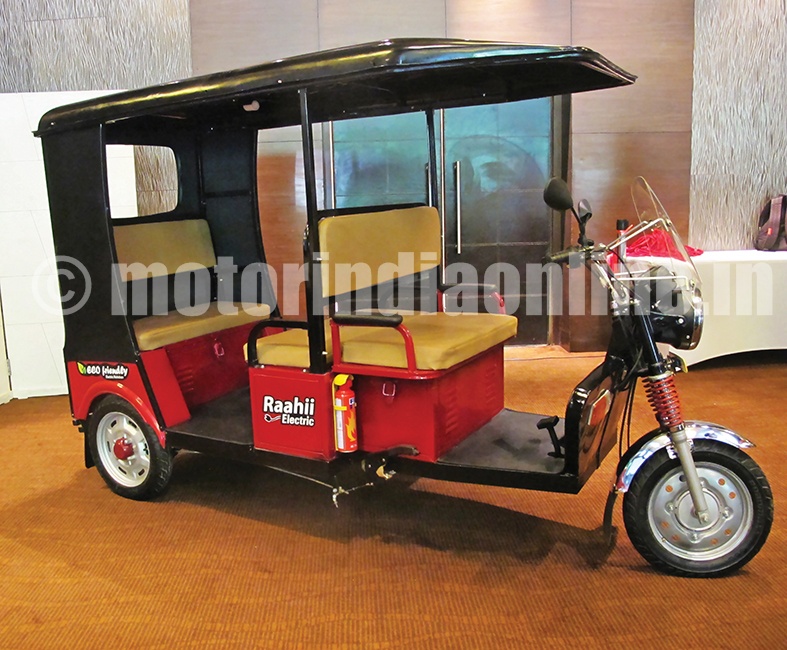Steps suggested to achieve NEMMP-fixed target
Electric vehicles (EVs) sales have shown encouraging growth during 2015-16. The total EV sales for 2015-16 stood at 22,000 units – 20,000 two-wheelers and 2,000 four-wheelers – as compared to 16,000 units sold during 2014-15, reflecting a 37.5 per cent jump.
The Society of Manufacturers of Electric Vehicles (SMEV) has expressed happiness at the encouraging trend, but has pointed out that the ambitious target of having five-six million electric vehicles by 2020 on Indian roads as visualized by the National Electric Mobility Mission Plan (NEMMP) 2020 as well as the Faster Adoption and Manufacturing of Electric Vehicles (FAME) would be tough to achieve unless ground level infrastructural deficiencies were removed and credit facilities eased for buying green vehicles.
“We are quite delighted at the growing number, which reflects increased awareness among commuters and the fact that people are seeing a good value proposition in EVs,” said Mr. Sohinder Gill, Director – Corporate Affairs, SMEV.
Mr. Gill, however, has drawn attention to the fact that the base number of EVs in India remained low and the Government at every level will need to do more to achieve the ambitious but desirable target of having five-six million EVs on Indian roads by 2020.
“Intentions at policy level abound, but the Government at every level, be it the Centre, State or Municipal, now has to go the extra mile to facilitate mass migration to green mobility,” Mr. Gill pointed out.
Lack of basic infrastructure facilities like charging stations and difficulties in availing credit from banks for purchase of EVs have been cited as chief bottlenecks to large scale migration to green mobility.
He further observed: “SMEV has developed a technology for charging station and can easily set-up 1,000 charging station across the city in a span of 3 months. One charging station costs around Rs. 30,000 which is very minimal to create an efficient charging infrastructure for EVs. The only thing we need is the Government’s intention and support to create a wide and accessible network of charging stations at every convenient point – be it our local market or city roads. Additionally, the Government should provide ease of credit at zero per cent or very low rate of interest on EVs. This will go a long way in ensuring the fulfilment of the NEMMP 2020 target.”
The other measures suggested by Mr. Gill to motivate and incentivize people to migrate to green mobility include nation-wide awareness and promotion campaigns, zero tax regime and greater subsidy on E-bikes, progressive phase-out of conventional two-wheelers in select cities, allocating dedicated area for building charging stations on city roads as well as residential enclaves, facilitating creation of E-bike infrastructure, and subsidizing the cost of charging.
